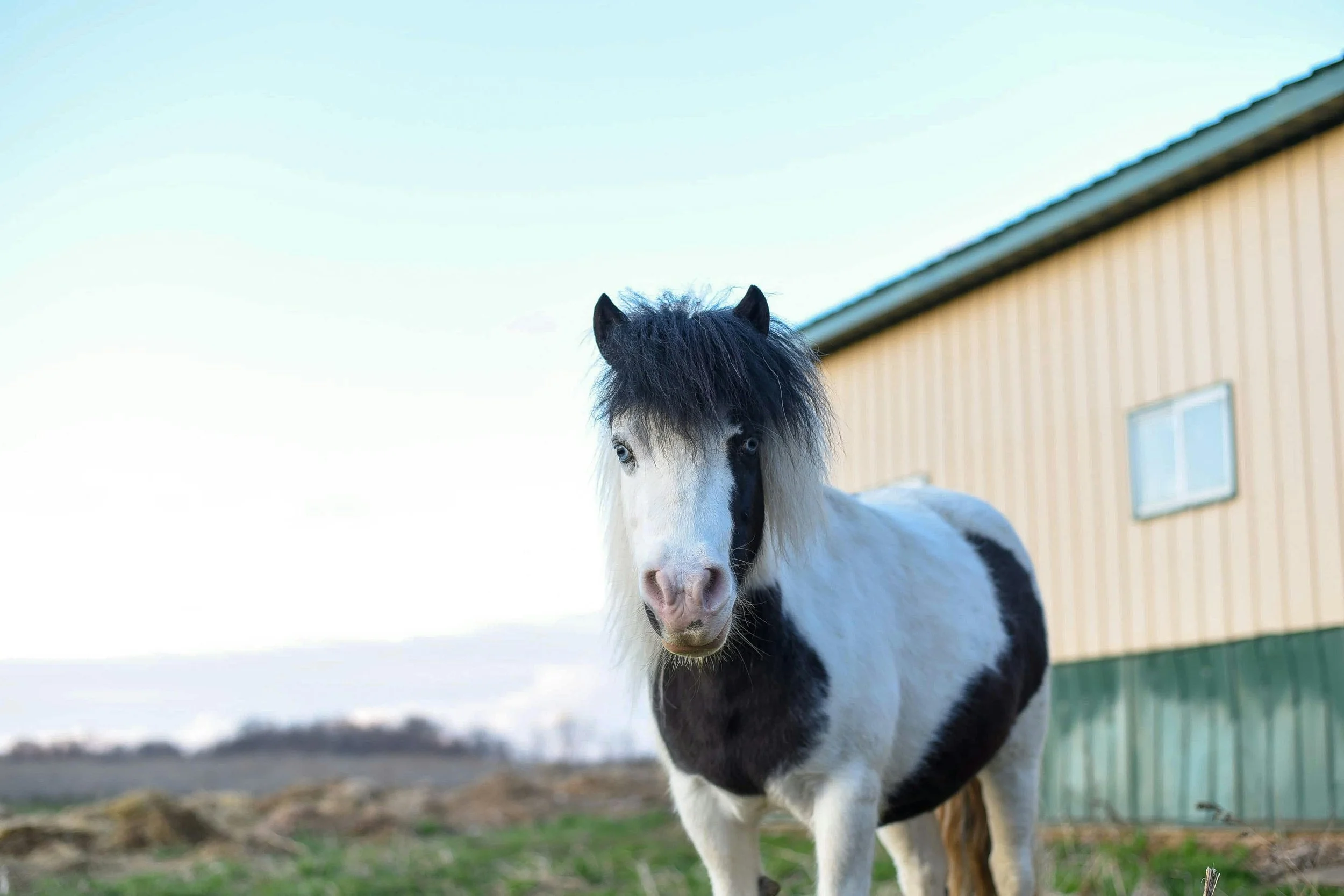
Falabella: The World's Tiniest Horse with a Grand Story
In the vast tapestry of horse breeds across the globe, the Falabella stands out not for power or speed—but for its charm, miniature proportions, and fascinating history that mirrors Argentina's equestrian soul.
Origins: A Family Legacy in the Pampas
The Falabella’s story begins in the wide open grasslands of Argentina in the 1800s. It was here that Patrick Newtall, and later his son-in-law Juan Falabella, began experimenting with small native horses. Crossing Shetlands and small Thoroughbreds with Criollo stock, the goal wasn’t just size—it was soundness, proportion, and strength in miniature.
Juan’s son, Julio César Falabella, refined the breeding program, and by the mid-20th century, the Falabella name was synonymous with the world’s smallest horse breed. True to form, the family kept the breeding records tightly held for generations, making the Falabella as much a family heirloom as a national treasure.
What Makes a Falabella?
Despite standing just 71 to 86 cm (28–34 inches) tall, Falabellas are true horses, not ponies—elegantly built, with refined heads, long manes and tails, and graceful, light gaits. You’ll find many with Arabian-style features, some with Appaloosa spotting, and others with sleek, jet-black coats. Their temperament? Exceptionally gentle, curious, and intelligent—ideal for close human interaction.
They aren’t dwarfed or stunted horses; they’re the result of generations of selective breeding for miniature, proportional conformation. That distinction has made them highly desirable across the globe.
Where You’ll Find Them Today
Although born in Argentina, Falabellas have trotted their way into hearts worldwide. You’ll find dedicated breeders across North America, Europe, and parts of Asia. However, their numbers remain relatively low, and most enthusiasts still source their breeding lines from Argentina.
Some ranches near Buenos Aires still proudly maintain descendants of the original Falabella bloodlines. Visiting one is like stepping into a living museum—where the breed’s legacy is preserved with reverence.
Their Role and Uses
Too small to ride (even for most children), Falabellas are ambassadors more than athletes. They shine in:
Therapy work – visiting hospitals and care homes
Driving competitions – pulling tiny carts with flair
Parades and exhibitions – captivating crowds with their unique presence
Companions for larger horses – they make excellent stablemates
And let’s not forget their role as status symbols. In some parts of the world, especially among collectors or equestrian aficionados, owning a pure Falabella is akin to owning a rare work of art.
Cultural Curiosity: A Living Jewel of Argentina
In Argentina, the Falabella represents refinement, heritage, and the ingenuity of rural horsemen. Though it doesn’t gallop across polo fields or run in races, it holds a quiet spot of pride in Argentine culture. It’s not unusual to find a Falabella featured in folk festivals, tourist farms, or even as a symbolic pet of honour.
For traveler’s, especially equine enthusiasts, seeing a Falabella in its native land—perhaps among Criollos and gaucho traditions—is a rare and heartwarming experience.


